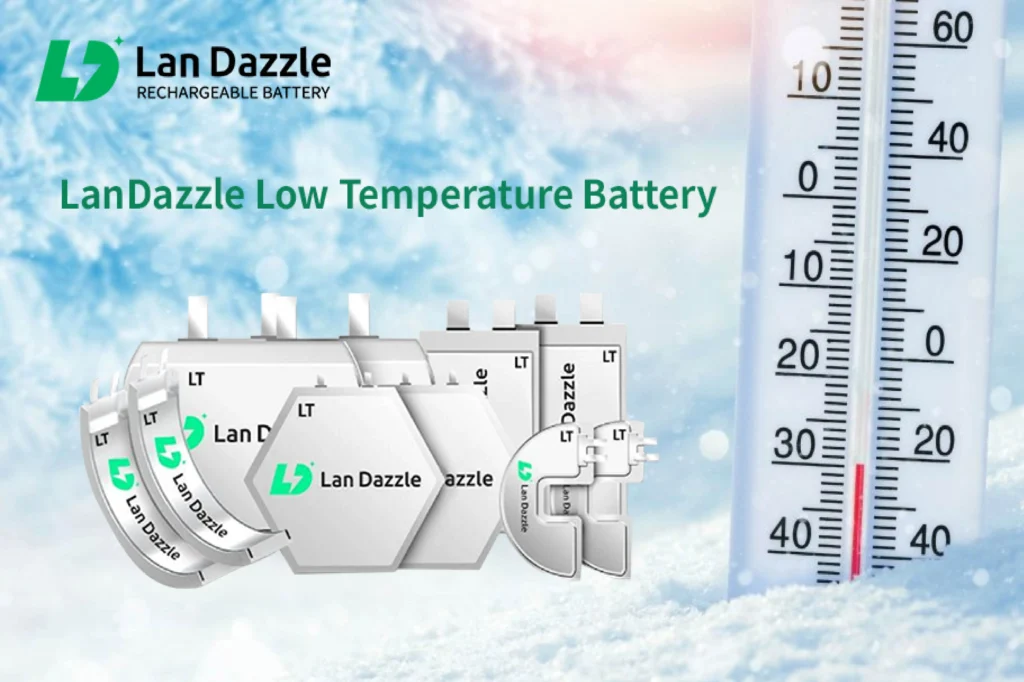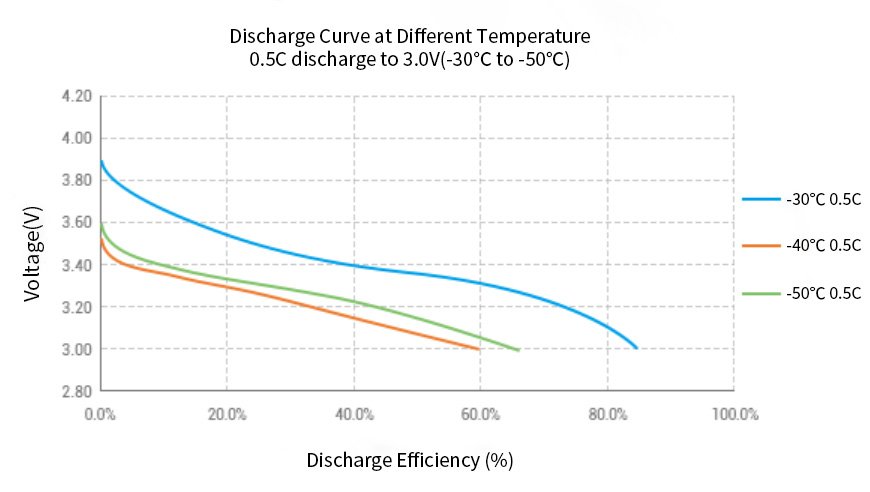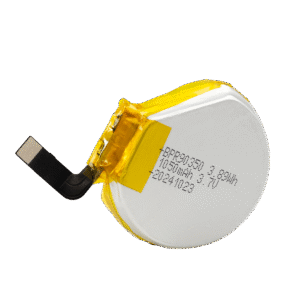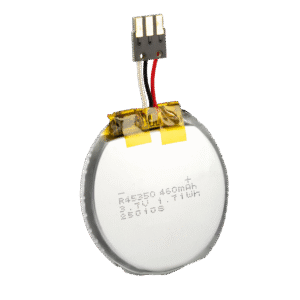What is a Low Temperature Battery?
A low temperature battery is specially designed to maintain reliable performance in temperatures below 0 °C. Unlike standard lithium-ion batteries, which experience increased internal resistance as temperatures approach 0 °C—leading to reduced energy storage, longer charging times, and lower capacity—low temperature batteries are engineered to overcome these limitations and ensure consistent power even in extreme cold conditions.
How Low Temperature Affects the Battery?
Chemical Reaction Rate
At low temperatures, lithium-ion intercalation on the graphite electrode and lithium plating reactions occur simultaneously. In cold conditions, the diffusion of lithium ions within the graphite is inhibited, and the electrolyte’s conductivity decreases, slowing down the intercalation process. This makes lithium plating on the graphite surface more likely, which in turn increases the thickness of the solid electrolyte interface (SEI) layer.
Discharge Capacity
The activity of the electrode materials decreases in low temperatures, limiting the movement of lithium ions and reducing the discharge current. As a result, the overall battery capacity drops.
Battery Resistance
Cold temperatures also hinder the movement of charged ions in both the positive and negative electrodes, while slowing ion transfer in the electrolyte. Deposits may form on the surface of active materials, further increasing internal resistance. This process can generate extra heat and significantly degrade lithium battery performance. Additionally, lithium ions may react irreversibly with the electrolyte during charging and discharging, leading to gradual capacity loss or even permanent damage over time.
How does Low Temperature Lithium Battery Work?
1. Electrolyte Optimization
In low temperatures, the conductivity of the electrolyte in standard lithium-ion batteries decreases, which slows down ion transport and reduces overall capacity. Low temperature batteries use specially formulated electrolytes that remain conductive even in extreme cold, ensuring consistent ion movement and stable performance.
2. Electrode Material Design
The graphite and lithium-metal oxide electrodes in low temperature batteries are carefully engineered to reduce internal resistance and enhance lithium-ion diffusion. This minimizes the risk of lithium plating and degradation, maintaining discharge capacity and battery lifespan.
3. Solid Electrolyte Interface (SEI) Control
The SEI layer plays a critical role in battery stability. Low temperature batteries are designed to form a stable SEI layer, which prevents excessive lithium accumulation on the electrode surface, reduces irreversible reactions, and helps maintain long-term performance.
4. Thermal and Structural Management
Some low temperature batteries incorporate internal heating elements or insulation to maintain optimal operating temperatures. In addition, structural improvements inside the battery help reduce ion transport resistance, ensuring reliable energy output even in extreme cold.
Customized Low Temperature Lithium Battery Manufacturer
Founded in 2018, LanDazzle is a leading lithium manufacturer focusing on the R&D of special shaped lipo battery, low temperature battery and lithium battery pack.
Custom Low Temperature Battery Solutions – LanDazzle

LanDazzle Low Temperature Battery Advantages
Shaped Advantage
With advanced stacking technology, our battery shapes can be extensively customized, providing greater design flexibility and optimizing the use of internal space within devices. This enables the production of small, ultra-thin batteries that not only fit compact or uniquely shaped products but also offer reliable low-temperature performance. Such batteries are ideal for specialized applications, professional smart equipment, and environments where both space efficiency and consistent performance under cold conditions are critical.
Performance Advantage
Outstanding Low-Temperature Discharge Performance
At -40 °C with 0.5C discharge, efficiency remains above 60%.
At -30 °C with 0.5C discharge, the battery delivers up to 80% of its nominal capacity.
Wide Operating Temperature Range: -40 °C to 60 °C.
High Safety Standards: Compliant with UL, CE, and UN certification requirements.

Weight Advantage
Under identical voltage and capacity specifications, low-temperature lithium-ion polymer (LiPo) batteries are lighter than low-temperature 18650 cells, because LiPo batteries use a flexible polymer electrolyte instead of a rigid metal casing, which reduces overall weight and allows for more compact, space-efficient designs.
Conclusion
Low temperature batteries are essential for ensuring reliable performance in cold environments, whether for industrial equipment, drones, smart devices, or specialized applications. Understanding how they work can help you select the battery that best meets your operational needs. By choosing the right low-temperature battery, you can maximize device performance, extend battery life, and maintain safety even under extreme conditions.
Ready to find the perfect low temperature battery solution for your products? Contact our team at LanDazzle today to discuss your custom battery needs and discover how our high-performance solutions can power your devices in any environment.
Contact us today to get a free consultation and explore how our custom battery solutions can bring your devices to life.



